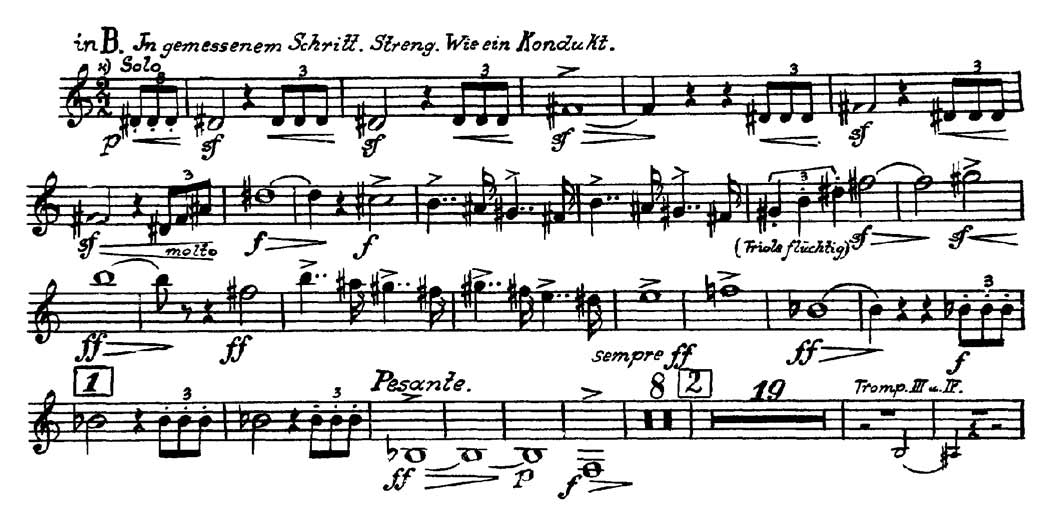I have gradually come to realise that there are many forms of music notation. "Standard" western music notation uses staves and notes, with time signatures, key signatures, and various conventional marks for rhythm, articulation, dynamics, tempo etc.
Chinese instruments, which may or may not be used to play similar tunes, can be played by many people - who may use a numeric notation. For examples - see how to play tunes for the Dizi - a kind of Chinese Flute.
Guitarists often use a form of tablature - or so I'm told.
School children in the UK may learn to sing using letters for pitch - and pick up the rhythms by ear.
Many jazz musicians (including guitarists and electric guitar players) use lead sheats, and notation which is understood by them and others within their genre.
Even penny whistlers may use a form of tablature - now specific to wind instruments - showing which holes to cover.
Composers and musicians who use electronic instruments and midi may use Piano Roll notation - input directly into a sequencer. They may not even think about what they are doing very specifically, and may work directly with sounds, which they can manipulate using DAWs.
People who are used to software may use tools such as Sibelius, Musescore etc. to notate music, and also to generate sound renditions.
Some people use DAWs to create mixtures of written down music, and synthesised sound, and they can manipulate musical fragments easily, and use DAWs for practice purposes.
I have no idea what Indian musicians do, with instruments which may be intended to play microtones etc.
So - back to the heading - What kind of music notation do you use?
PS: I thoroughly expect at least one person to come back with pictures involving circles, lines and text.
Chinese instruments, which may or may not be used to play similar tunes, can be played by many people - who may use a numeric notation. For examples - see how to play tunes for the Dizi - a kind of Chinese Flute.
Guitarists often use a form of tablature - or so I'm told.
School children in the UK may learn to sing using letters for pitch - and pick up the rhythms by ear.
Many jazz musicians (including guitarists and electric guitar players) use lead sheats, and notation which is understood by them and others within their genre.
Even penny whistlers may use a form of tablature - now specific to wind instruments - showing which holes to cover.
Composers and musicians who use electronic instruments and midi may use Piano Roll notation - input directly into a sequencer. They may not even think about what they are doing very specifically, and may work directly with sounds, which they can manipulate using DAWs.
People who are used to software may use tools such as Sibelius, Musescore etc. to notate music, and also to generate sound renditions.
Some people use DAWs to create mixtures of written down music, and synthesised sound, and they can manipulate musical fragments easily, and use DAWs for practice purposes.
I have no idea what Indian musicians do, with instruments which may be intended to play microtones etc.
So - back to the heading - What kind of music notation do you use?
PS: I thoroughly expect at least one person to come back with pictures involving circles, lines and text.












Comment